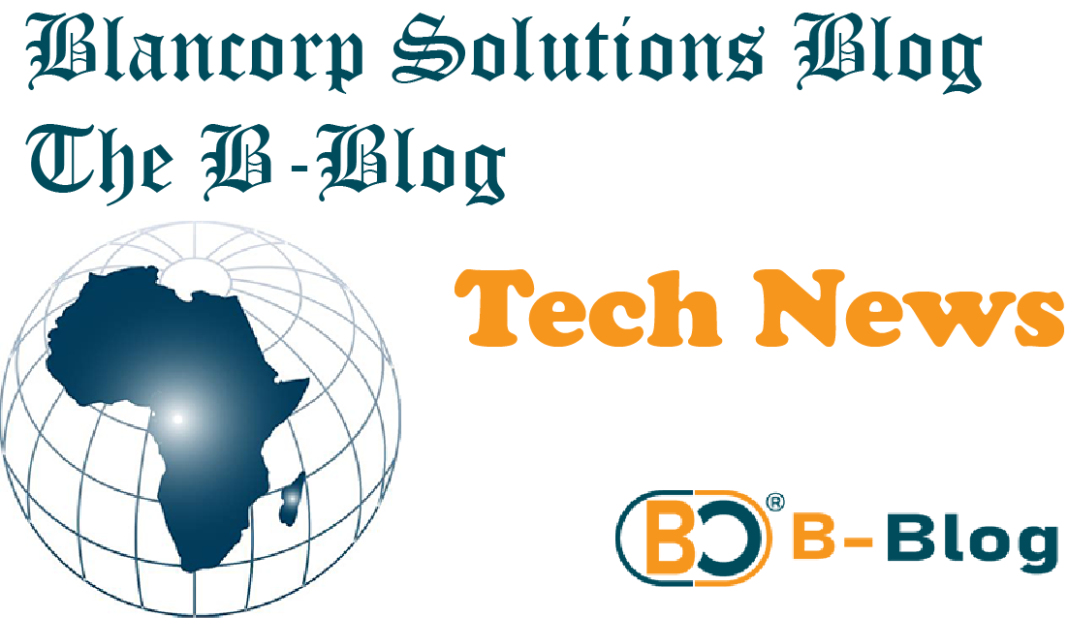The intersection of artificial intelligence (AI) and cybersecurity is becoming increasingly significant. As I delve into the latest developments, it is clear that AI is not just a tool for enhancing security measures but also a potential vector for threats. This duality presents a complex landscape that both cybersecurity professionals and the general public must navigate.
AI, in simple terms, refers to machines designed to perform tasks that typically require human intelligence. These tasks include learning, reasoning, and self-correction. In cybersecurity, AI can analyze vast amounts of data to identify patterns indicative of cyber threats, such as malware or phishing attempts. This capability allows for quicker responses to potential security breaches.
However, the same technology can be weaponized by malicious actors. AI can automate the creation of sophisticated phishing emails or generate malware that adapts to evade detection. The speed and efficiency of AI-driven attacks pose a new challenge for cybersecurity defenses.
In my experience, the key to leveraging AI in cybersecurity lies in understanding its capabilities and limitations. AI is not a silver bullet. It requires human oversight to interpret its findings and make informed decisions. Moreover, the ethical implications of AI in cybersecurity cannot be overlooked. Issues such as privacy concerns and the potential for bias in AI algorithms must be addressed.
The average person might wonder how this affects them. The reality is that AI-driven cybersecurity tools are becoming more prevalent in consumer products, from antivirus software to smart home devices. Awareness of how these tools work and their potential vulnerabilities is crucial for personal cybersecurity.
For cybersecurity professionals, staying ahead means continuously learning about AI developments and integrating them into security strategies. It also means being vigilant about the ways AI can be exploited by adversaries.
The takeaway is clear: AI is reshaping the cybersecurity landscape in profound ways. Embracing its potential while being mindful of its risks is essential for both individuals and professionals. As we move forward, the balance between innovation and security will define the future of digital safety.

